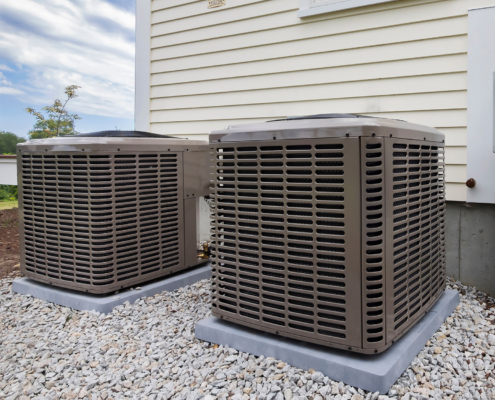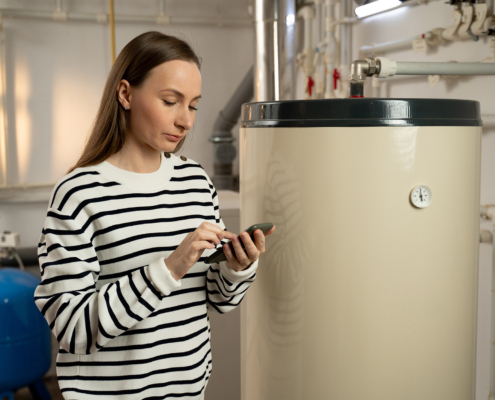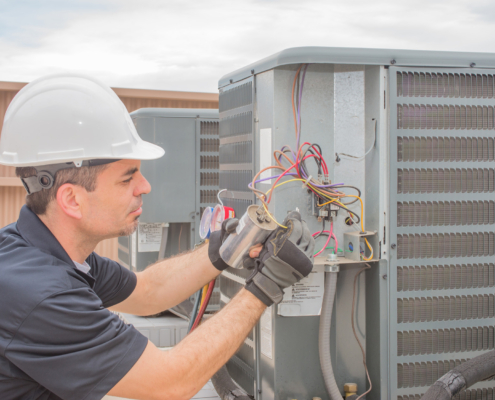Going green is no longer a trend, but a necessity. An excellent way to contribute to a more sustainable future is transitioning your HVAC system into energy-efficient models. But how do you make this switch?
-
Do an Energy Audit
Conduct an energy audit to identify areas where your home can become more energy-efficient. Inspect windows, doors, insulation, and air leaks to ensure your HVAC system isn’t working harder than necessary.
-
Research and Choose a Quality Unit
Choosing the right HVAC system plays a huge role in guaranteeing the most energy savings. To start, you might want to look through energy-efficient HVAC systems that have high ratings according to the recently updated Seasonal Energy Efficiency Ratio (SEER) 2 and Energy Efficiency Ratio (EER) 2 frameworks. These measures show how much cooling or heating a system puts out for each unit of energy it consumes.
The current federal minimum standard for air conditioners is a SEER rating of 14. However, there are more energy-efficient HVAC systems that boast of SEER ratings up to 26. The higher the rating, the more energy and cost-efficient the system will be.
Besides considering a unit’s EER and SEER rating, be sure to pick energy Star certified heating systems. These meet strict energy performance standards set by the EPA and often exceed federal minimum standards for efficiency. They’re not just good for the environment; they’re great for your utility bills too!
-
Arrange for Professional Installation and Maintenance of Your Green HVAC
Choosing the right energy-efficient HVAC system is half the battle. Having it professionally installed and maintained is just as important. A well-performed installation can improve system performance by up to 30%.
Regular maintenance keeps your HVAC system working at its best. Over time, dust and debris can accumulate and choke your HVAC, causing it to work harder and be less efficient. Regularly scheduled maintenance, like once or twice annually, can prevent this. Transitioning to green HVAC systems also involves regular residential and commercial duct sealing, as duct leakage matters in keeping up efficiency.
-
Improving Home Insulation and Sealing Leaks
Did you know that over 20% of conditioned air escapes through leaky ducts? Addressing this issue can greatly improve the efficiency of your HVAC system. Consider residential duct sealing as part of your transition to a green HVAC system.
Improve insulation in your home to reduce the workload on your unit. Good insulation keeps cold air out during winters and hot air out during summers, ensuring your HVAC system doesn’t work harder than it should.
Insulation comes in many forms, from traditional fiberglass and foam board to newer techniques like spray foam. A professional can help you determine the best insulation for your home’s specific needs. Remember, a well-insulated home will keep energy costs lower, ensuring a greener, more cost-effective living.
-
Install a Programmable Thermostat
Upgrade to a programmable or smart thermostat to optimize your HVAC system’s performance. Set energy-saving schedules and let the thermostat do the work for you.











